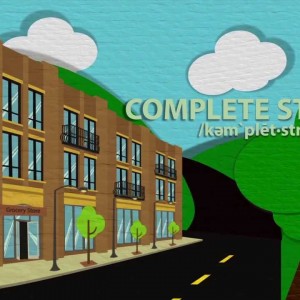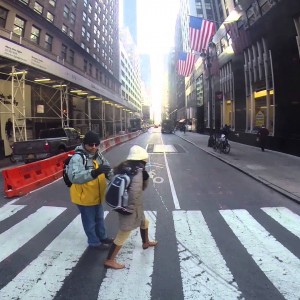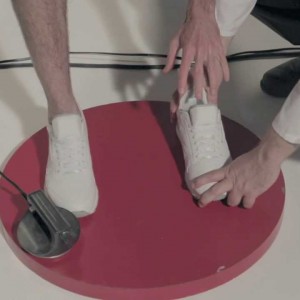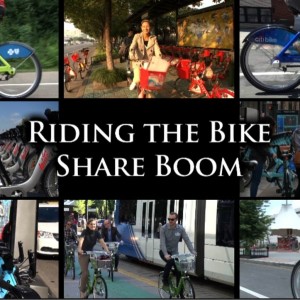
Our hometown Seattle will soon be eclipsed by another city (a more conservative one!) when it comes to bicycle infrastructure. The San Diego Association of Governments (SANDAG) recently approved a $200 million, ten-year plan to build out 77 miles of new bikeways. Many of the 42 projects are focused on completing two bike corridors that have been on the drawing board for years, the 44-mile Coastal Rail Trail and the 21-mile Inland Rail Trail…It’s another example of a region taking charge of its transportation future, and not waiting for Congress to fund its needs.
View this complete post...
Tags: Bike Lanes, CA, California, Cycling, San Diego, Seattle, WA, Washington
Posted in
Biking, Funding, Guest Post, Local, The Infra Blog, Urban Planning
Comments Off on San Diego Investing $200 Million in Regional Bike Network























 RSS Feed
RSS Feed